Occupancy/vacancy sensor controlled LED ceiling lights adapt lighting to the presence of occupants. Automatic control of lighting loads is intended to address the challenges of resource conservation. In a world of rising energy costs and shrinking budgets, leveraging the power of sensor-based adaptive lighting to reduce energy consumption is all the rage right now. The widespread adoption of LED technologies has also facilitated the integration of sensors into lighting products. An occupancy or vacancy sensor controlled LED ceiling lights are self-contained lighting systems in which the sensor is integrated into the fixture and modulates the driver output to switch the light on, off, or adjust its illuminance.
Occupancy sensor controlled lights respond to human presence and absence in their field of view. They incorporate single or multiple sensing technologies to detect occupancy and transmit the signal to the light controller. The controller processes the sensor input and originates a command to turn on the light or to ramp the load up when a space is occupied. When no human presence is detected and the internal timer runs out, the lights are turned off or dimmed to a lower lumen output. Some products allow for adjustments in detection sensitivity and the time delay. It’s also a common practice to integrate daylight sensors into the lighting systems. The daylight sensor measures the intensity of ambient light and prevents the ceiling light from being activated if the illuminance of the natural daylight is sufficient.
Occupancy sensors use different technologies to detect human presence. A passive infrared (PIR) sensor responds to infrared radiation emitted by other objects and identifies movement by detecting differences in heat differential in its field of view. These passive devices do not emit any energy into the space and require direct line of sight. Ultrasonic sensors are active devices that detect occupancy by transmitting high frequency ultrasonic waves into the air and detecting waves reflected by objects. A direct line of sight is not required for motion detection. Occupancy detection can also be made using other technologies such as Bluetooth sensors, microphonic sensors, and video images sensors. Dual-technology sensors combine PIR with acoustic or microphonic detection. These devices, which activate lights only when both technologies detect the occupancy, are designed to help reduce the occurrence of false tripping.
Vacancy sensors do not perform automatic activation of the connected lights. The only automatic feature they have is to provide absence detection to switch off ceiling lights when the space is vacated. Light activation must be performed manually. Vacancy sensing LED ceiling lights boast higher energy savings because there’s no false activation of lights and the lights are less likely to turned on during the temporary use of a space or when there’s sufficient ambient light.

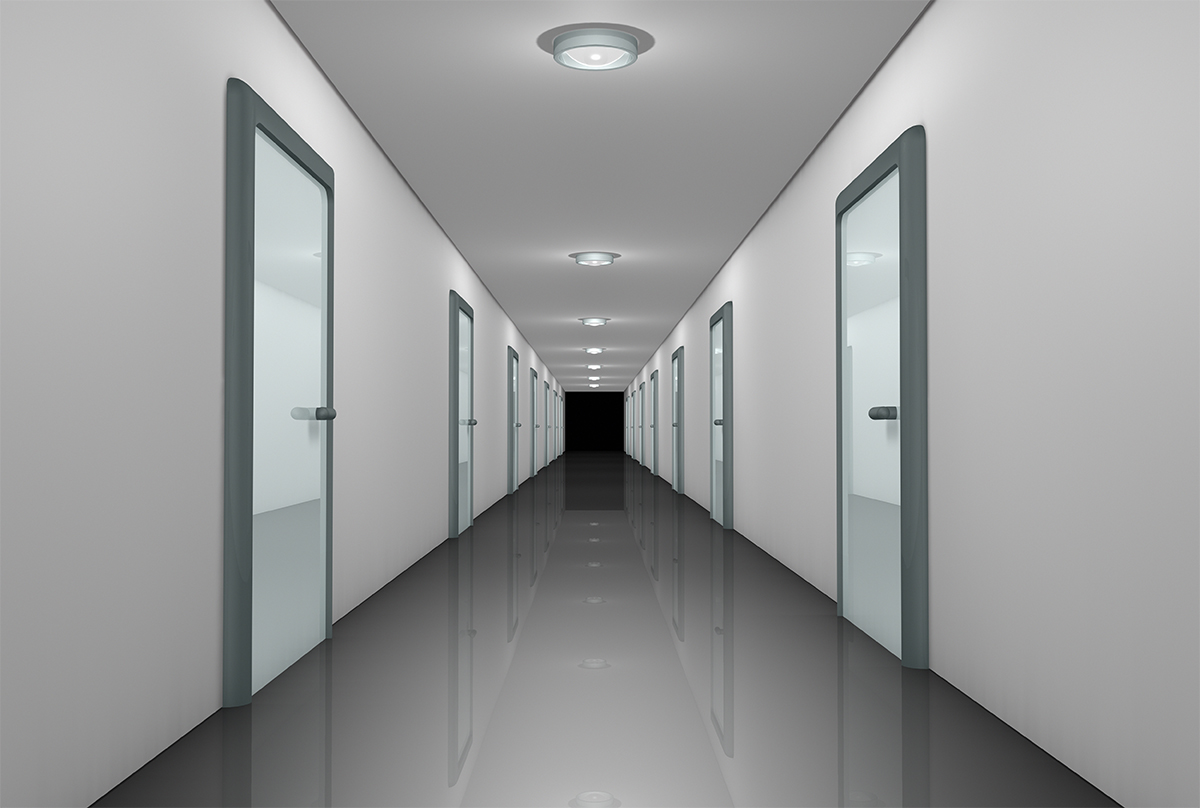


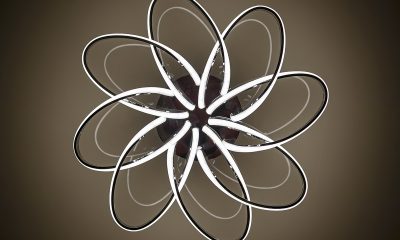
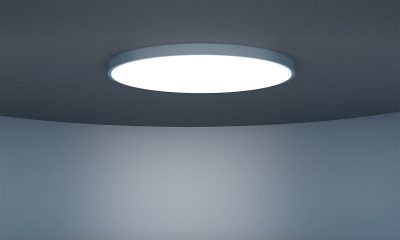





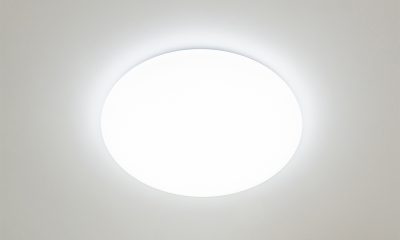

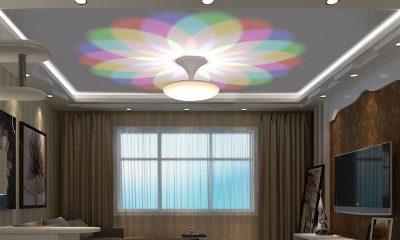





Loading...